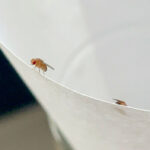Daddy long legs, those gangly creatures with seemingly endless legs, often evoke curiosity, especially when it comes to their flying abilities. Do they fly? How do they fly? And why are they so prevalent in the autumn months? This article delves into the fascinating world of daddy long legs, exploring their life cycle, behavior, and their significance in the angling world.
Daddy Long Legs: Masters of the Autumn Skies
While the term “daddy long legs” can refer to different creatures, this article focuses on crane flies, the insects often mistaken for spiders due to their long legs. And yes, daddy long legs (crane flies) do fly, albeit somewhat clumsily. Their delicate wings, attached to a slender body, allow them to take to the air, typically during the warmer months, particularly in autumn. This period witnesses a surge in their population as they emerge from their larval stage, ready to mate and lay eggs.
Ideal conditions for crane fly activity include overcast, warm days in September and October, preferably following overnight rain and accompanied by a moderate breeze (6-12 mph). These conditions facilitate hatching and create a feeding frenzy for trout, making it a prime time for anglers.
 Daddy Long Legs on the Water
Daddy Long Legs on the Water
Angling Strategies for Daddy Long Legs Season
The abundance of daddy long legs in autumn presents a unique opportunity for anglers. Their large profile and clumsy flight make them an easy target for hungry trout. Experienced anglers often utilize specific techniques to mimic these insects and entice fish.
One effective method involves disturbing the long grass near the water’s edge, causing the crane flies to take flight and land on the surface. A moderate wind assists in carrying them further out, creating a natural form of baiting. This attracts trout to the area, increasing the chances of a successful catch.
Most daddy long legs land within 5-25 feet of the bank, skating across the surface, making them highly visible to trout.
Imitating the Daddy Long Legs: Fly Fishing Techniques
Anglers often employ a two-fly setup to mimic the daddy long legs. A foam daddy on the point accurately represents the real insect, floating high on the water. On the dropper, an amber or orange hopper, unfished and allowed to sink slowly, sits just below the surface. This combination proves highly effective, as trout are often drawn to the larger silhouette of the foam daddy but end up taking the smaller, submerged hopper.
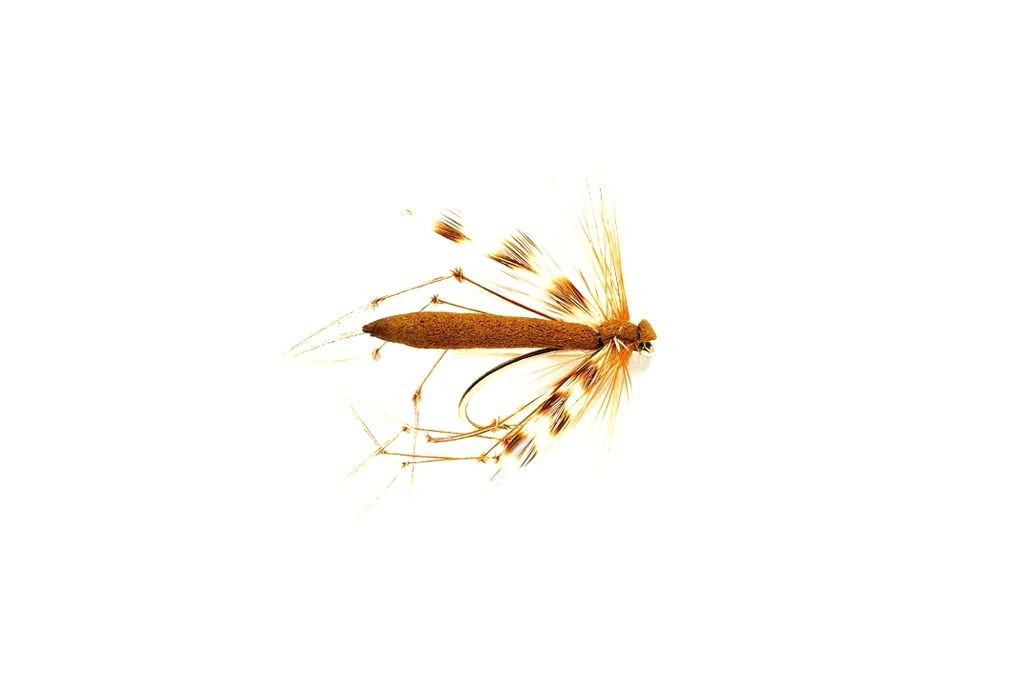 Fly Fishing Setup for Daddy Long Legs
Fly Fishing Setup for Daddy Long Legs
Trout rises to daddy long legs are often splashy, indicating their aggressive feeding behavior. They frequently return to the same fly, highlighting the allure of this substantial food source. While trout may take a surface fly, they often attempt to sink it first, resulting in a higher number of foul-hooked fish.
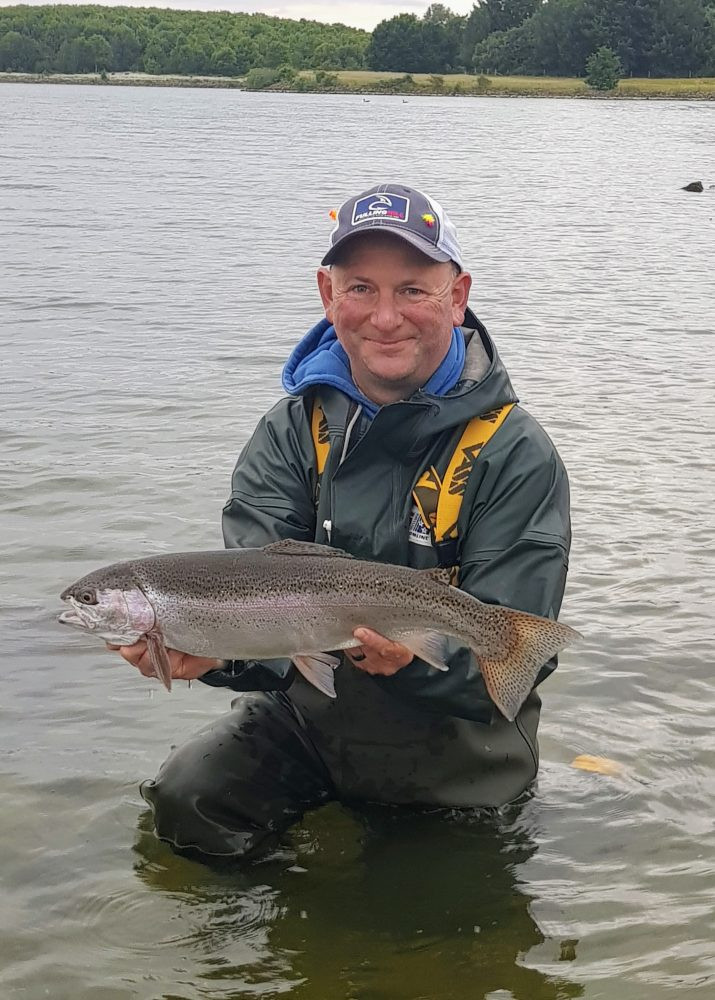 Trout Caught with a Daddy Long Legs Fly
Trout Caught with a Daddy Long Legs Fly
When surface activity diminishes, a team of three daddies and hoppers, tied on size 10 hooks, can be fished deeper. These patterns sink slowly, allowing them to reach depths of 8-12 feet. Even when submerged, daddy long legs remain a viable food source for trout.
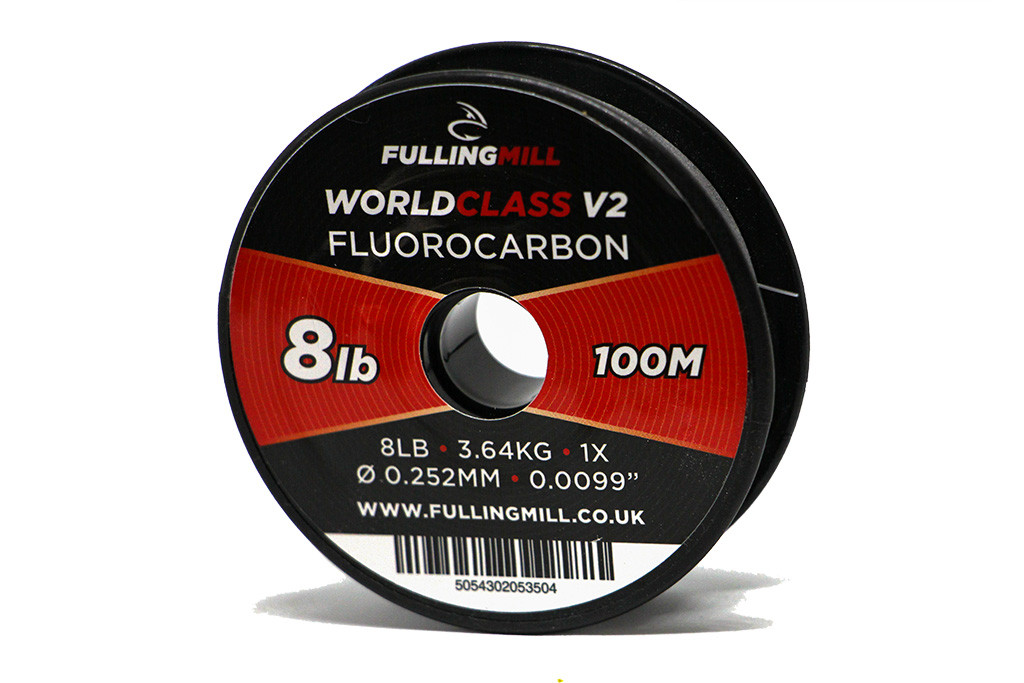 Fishing Line for Daddy Long Legs
Fishing Line for Daddy Long Legs
On windy days, stripping daddies across the surface with a popper hopper or booby hopper on the top dropper can be highly effective. This creates disturbance, attracting trout to the movement. Pausing mid-retrieve often triggers strikes from following fish.
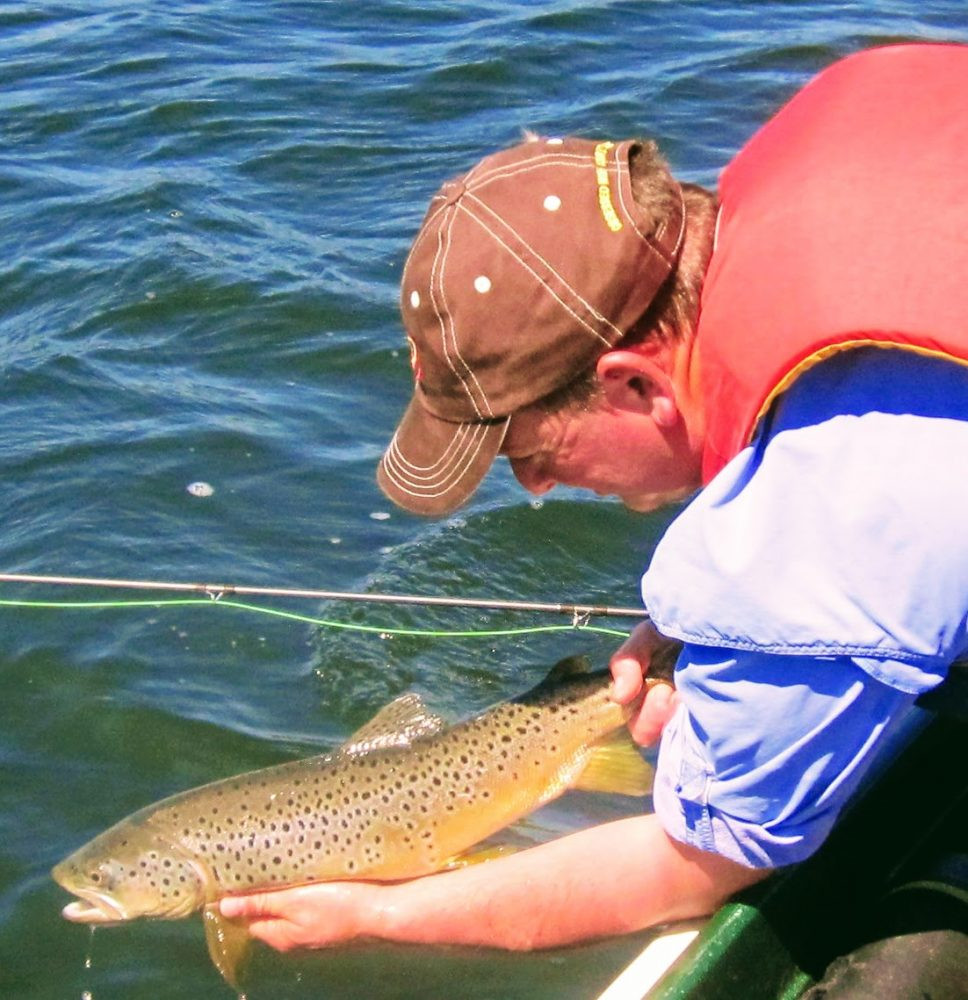 Daddy Long Legs Fly Pattern
Daddy Long Legs Fly Pattern
Goldhead daddies prove effective in smaller still waters, particularly for stalking cruising fish. Their weight allows for quick descent, and their size and natural color make them appealing to trout. A sharp, erratic retrieve enhances their effectiveness.
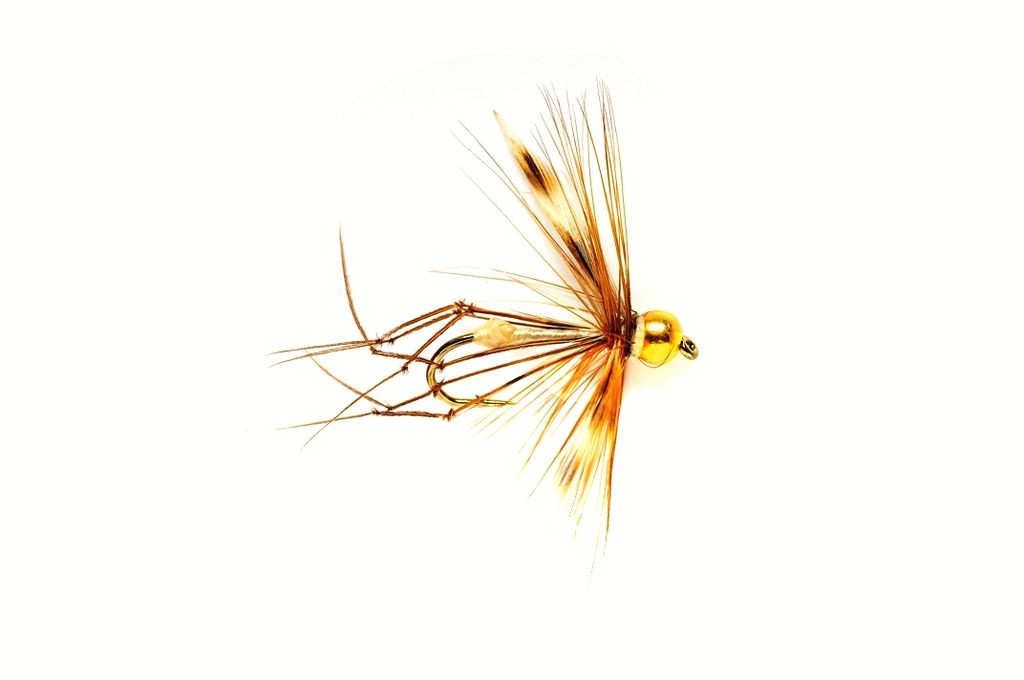 Goldhead Daddy Long Legs Fly
Goldhead Daddy Long Legs Fly
